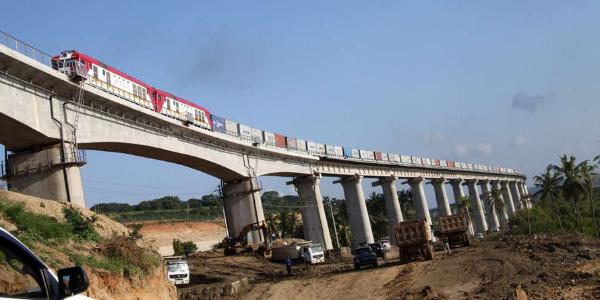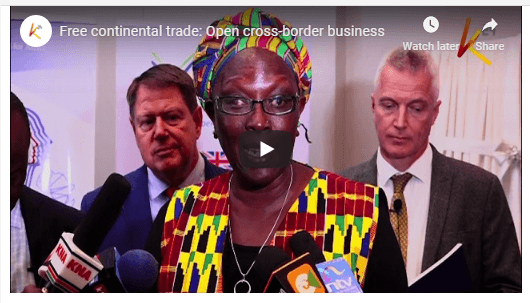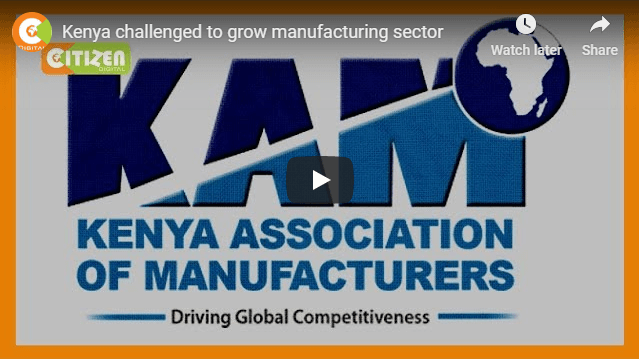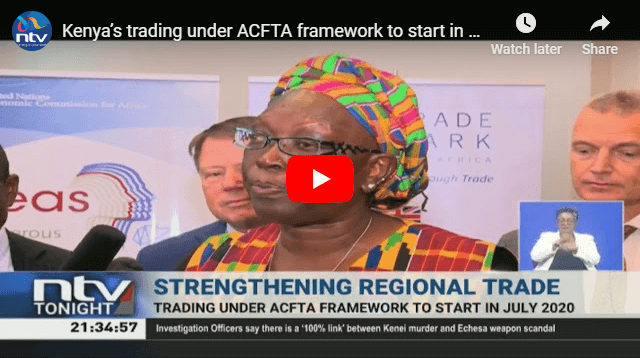Kenya earned Sh7.54 billion in the nine months to September last year from the Standard Gauge Railway (SGR) freight business. This was from the transportation of more than 3.25 million tonnes of cargo. This comes as passenger numbers dropped by almost 200,000, an indication that the train’s restrictive schedule, stiff competition from bus companies and low-cost airlines could be eating into SGR’s share of travellers. Latest data from the Kenya National Bureau of Statistics (KNBS), as provided by the Kenya Railways, shows SGR cargo earnings in the nine months almost doubled, compared to its 2018 earnings, which stood at Sh4.09 billion. PROMOTIONAL TARRIFF The income almost doubled in April last year, after Kenya Railways ended the promotional tariff and reverted to the charges it had agreed on with the Transport ministry and the Kenya Ports Authority. China Road and Bridge Corporation runs the SGR cargo and passenger services for an undisclosed management fee. The charges saw traders paying between Sh51,275 per 20-foot container and Sh70,000 for a 40-foot container, double the promotional tariff of Sh25,000 per 20-foot container and Sh35,000 for a 40-foot container. This means the country is projected to earn over Sh10 billion in 2019 from the railway freight business, which is still below its annual operating cost of Sh18 billion. IMPROVED FIGURES August was the highest grossing month for the line, earning Kenya Railways and the Chinese concessionaire, China Communications Construction Company, Sh1.15 billion, from the 430,450 tonnes it moved. February on the other hand was its...
Kenya earns Sh7.54bn from ferrying cargo on SGR
Posted on: March 23, 2020
Posted on: March 23, 2020





















